When it comes to class diagrams, can an association or aggregation exist between two objects that are in composition with one base object?
Example:
Class Car has a composition relation with class Engine and class Fueltank. So Car has An Engine and a Fueltank, and Engine and a Fueltank are dependent on Car. But Engine also needs information from Fueltank, without intervention of Car (in accordance with a sequence diagram for example). That means Engine and Fueltank also have a relationship although, they're both compositions of the Car. See diagram below:
So, the question is, may such “loops”, or better redudant associations, in class diagrams occur? Or does that undermine the rules of OOP?
